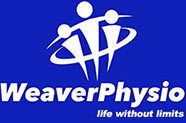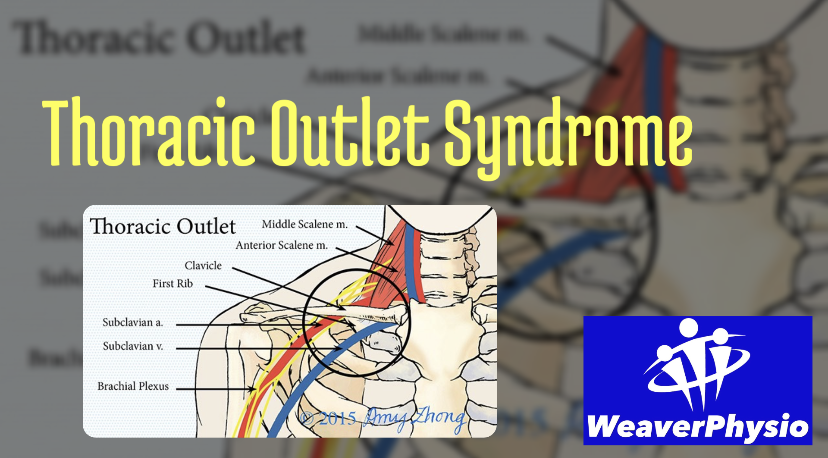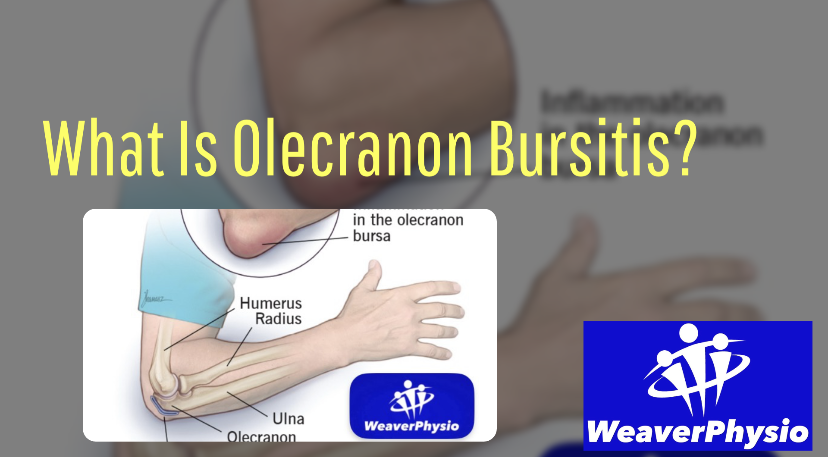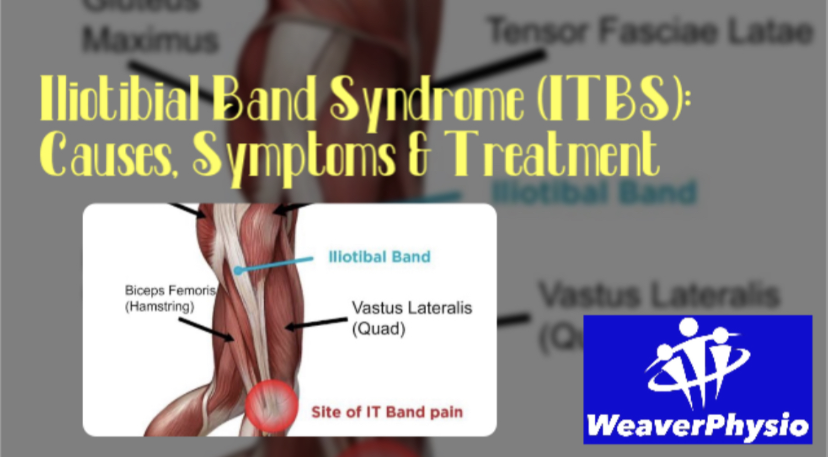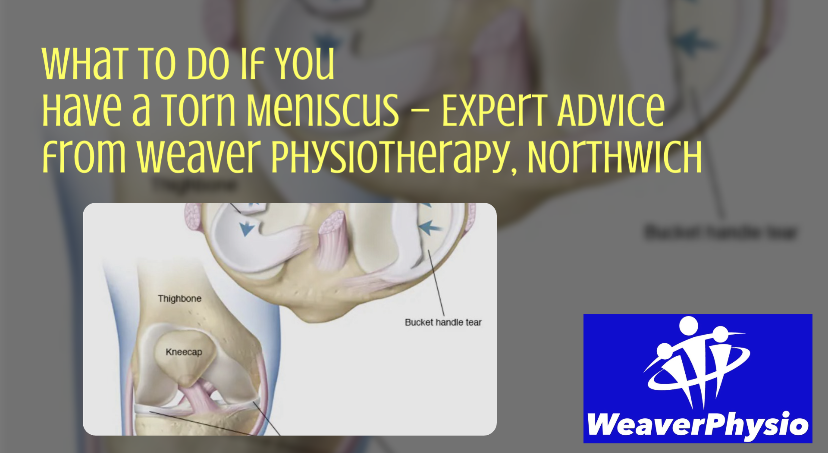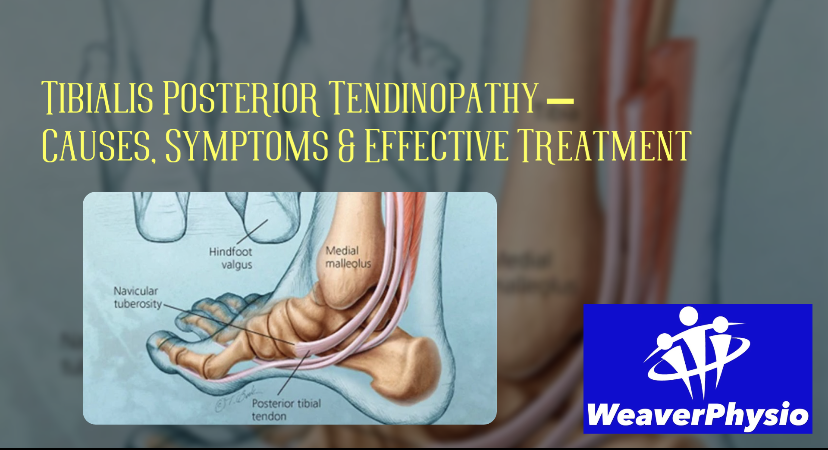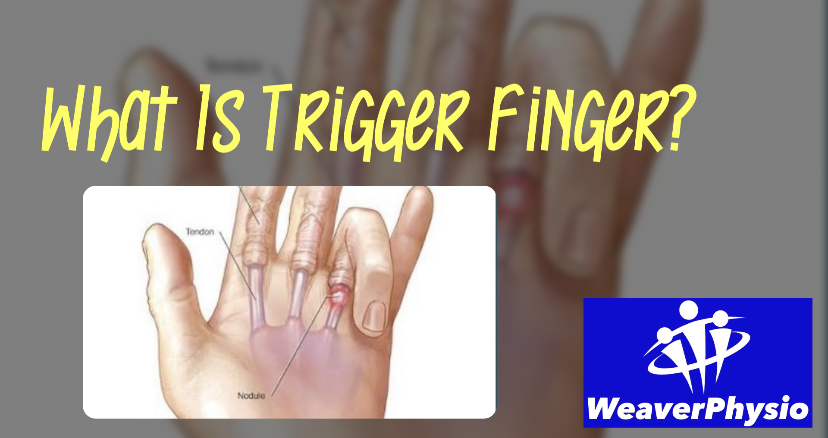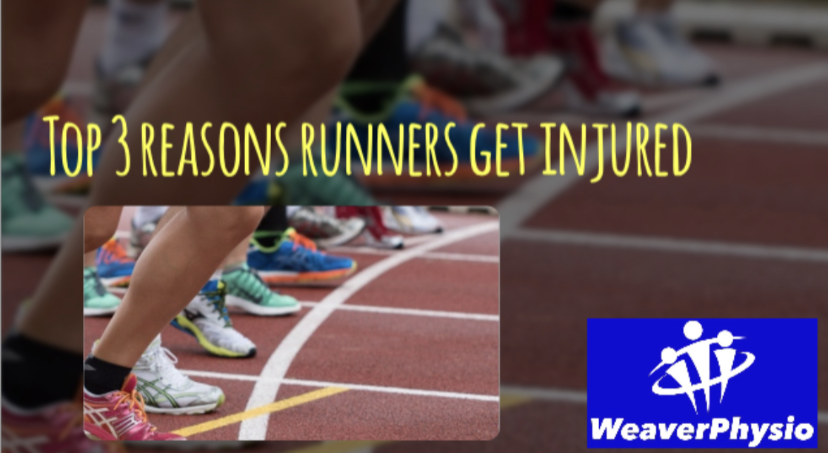HIP REPLACEMENTS
THE CURRENT STATE OF AFFAIRS
Hip replacements are becoming increasingly common.
Currently 1.3 people in every 1,000 will undergo a hip replacement operation, and more than 1.2 million are carried out each year worldwide.
The biggest risk factors for needing a hip replacement are age and arthritis, with 85% of people having a hip replacement, also having osteoarthritis.
In terms of gender, women have a higher risk of needing a hip replacement (58%) compared with men (42%).
Hip replacement surgery in patients aged 45-54 has also doubled in the past 10 years.
##So what can we do, to reduce the risk of needing a hip replacement?
Physical activity helps. Running decreases your risk of developing osteoarthritis by 18% and as osteoarthritis is present in 85% of people who undergo a hip replacement, this has a knock-on effect in reducing your risk of needing a hip replacement by 35-50%.
And if you’re not up for running that’s OK, walking can also reduce the risk of needing hip surgery, although by a smaller percentage (23%).
Almost half of the protective effective of being physically active comes from weight control. The higher your BMI, the greater your risk of needing a hip replacement.
And what can you do if you’re already experiencing hip pain?
If you need a hip replacement then the sooner you have it, the better the outcome is likely to be and the quicker you will recover from your operation.
This is because the more pain you suffer prior to having surgery, the more compensations and adaptations the muscles and soft tissues will have made around the joint, in an effort to try and protect it and you from that pain, and the harder that will be to re-train once you’ve had the operation.
That’s not to say it can’t be done, it will just take a bit longer and need a bit more of an investment in your time and energy.
The good news is that outcomes from hip replacements are very good. Developments in materials and surgical techniques, mean that the artificial hips are lasting longer, and success rates are very good, with more than 80% of people experiencing pain relief and functional improvement, meaning their daily lives become easier and they’re able to do more.
So what can you do to ensure the best possible outcome from hip surgery?
The answer is LOTS! And most of it is contained in the following set of leaflets.
The goal of this set of resources is to make sure you have access to all the information you need, to ensure the best, most successful outcome, the quickest recovery, the lowest risk of post-surgery complications and the lowest risk of damaging your new hip, and needing future revision surgery.
In this set of resources we cover --
· The Hip Replacement Procedure Explained
· How to Prepare for Hip Surgery
· The Dos and Don'ts Following Hip Surgery
· Rehabilitation After Hip Replacement Surgery
· A Daily Pain and Exercise Progression Worksheet
· How to Climb Stairs After a Hip Replacement Operation
· How to Make a Speedy Recovery After Surgery
· Post-Surgery Exercise Rehabilitation Handout
The advice and exercise sheets --
· Explain what the hip replacement procedure entails
· How to reduce the risks of surgical complications
· How to keep your new hip safe
· How to prepare your home for your return after surgery
· How to regain independence as soon as possible
· What exercises you can do, and at what stage, post-operation
· The exercise rehabilitation leaflet includes interactive links to videos. To download any (or all) of these resources, just click the following link http://bit.ly/2Q9S7s2
And if this isn’t relevant to you, but you know someone who is due to undergo, or has recently undergone, hip replacement surgery, please send a link to this page to them (or a member of their family).
I hope you find this information helpful and if you have any questions or queries, please feel free to get in contact with us by calling 01606 227484

